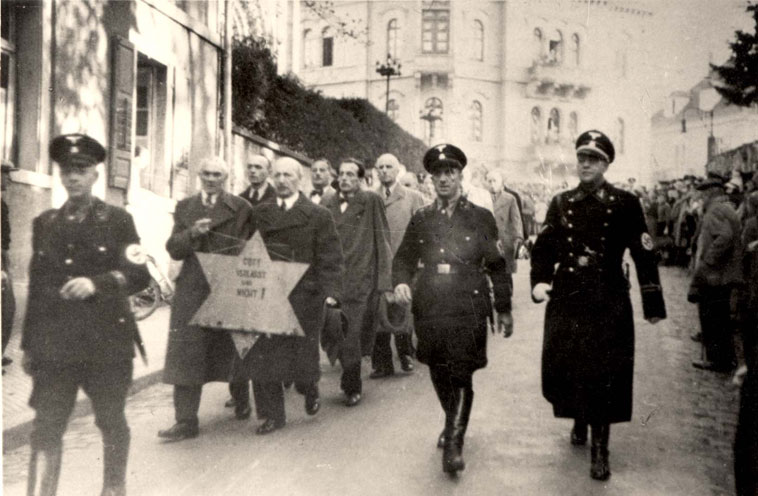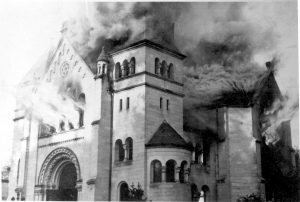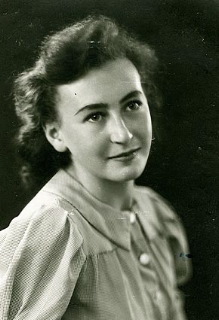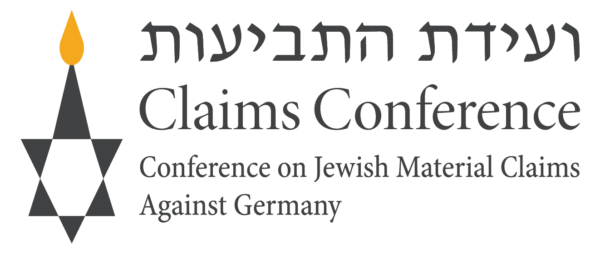Remembering Kristallnacht

At 11:55 pm on November 9, 1938, Heinrich Müller, chief of the Gestapo, issued an order to all Gestapo offices that began with the following sentence: “Actions against Jews, especially against their synagogues, will take place throughout the Reich shortly.”
This understated language, of course, belies the savagery that befell the Jewish communities of Germany and Austria throughout that night. Kristallnacht marked a turning point in the Nazi persecution of Jews from discriminatory policies to outright wide-scale violence and destruction.

Approximately 7,500 Jewish-owned businesses and 267 synagogues were destroyed in Germany, Austria and the Sudetenland, according to SS leader Reinhard Heydrich at a meeting with top Nazi leaders, including Hermann Göring and Joseph Goebbels, held on November 12. Mobs of people, both Nazis and ordinary citizens, rioted throughout the night. Ninety-one Jews were killed and an estimated 30,000 arrested and sent to concentration camps.
Following Kristallnacht, dozens of laws were passed to deprive Jews of their property and means of livelihood, and to further remove them from any place in German and Austrian society. The lack of outrage among the German and Austrian public about the pogrom was an important signal to the Nazi regime that more extreme measures against Jews would likely be tolerated.
Centropa Interviews Survivors of Kristallnacht
Fifteen Austrian Jews who lived through that indescribable night and the horrific years that followed are featured in a collection of interview excerpts on the website of Centropa. Read them here.
Centropa is one of the Claims Conference’s longtime grantees in the area of Holocaust documentation and education. The organization is dedicated to preserving 20th century Jewish family stories and photos from Central and Eastern Europe and the Balkans, and disseminating these stories and photos through films, books and exhibitions. Many of Centropa’s lengthy interviews are with Holocaust survivors.

We support Centropa because learning about the Holocaust from those who lived through it is the most effective way to ensure that it will be remembered. No historical account can compare to Gertrude Kritzer’s recollection of Kristallnacht’s aftermath:
“When they came to our apartment to pick up my dad on 10th November 1938, after the Pogrom night, my mother gave them everything so they wouldn’t take him away with them. ‘Leave my husband here, leave my husband here, don’t take him away,’ my mom cried, but to no avail. I think my parents had quite a lot of securities. She gave those to them and they also pulled her wedding ring off her finger and took her earrings. Nonetheless, they took my dad with them and abused him. He returned ten days later. His previously black hair had turned as white as snow.”

